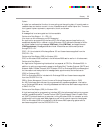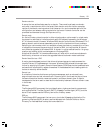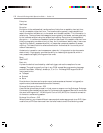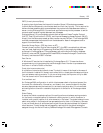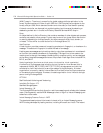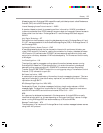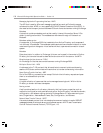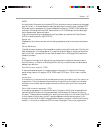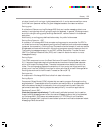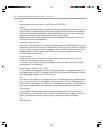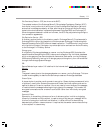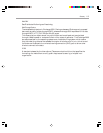
Microsoft Exchange 2000 Operations Guide — Version 1.0108
Public folder tree (also known as public folder root and top level hierarchy – TLH)
A collection of public folders created under the same hierarchical namespace. Previous
releases of Exchange server used only a single tree (called: All Public Folders), whereas
multiple trees can be defined in Exchange 2000. Each tree is a unit of hierarchy replication
and can be replicated to one or more Public MDBs. A Public MDB can host only one tree.
Messaging Application Programming Interface (MAPI) clients such as Outlook can only
access a single tree called All Public Folders, whereas other clients such as a Web browser
or a networking client using the Microsoft Web Storage System can access any tree that is
defined.
RC2
a variable key-size block cipher designed by Rivest for RSA Data Security. “RC” stands for
“Ron’s Code” or “Rivest’s Cipher.” It is faster than Data Encypherment Standard (DES)
and is designed as a “drop-in” replacement for DES.
Because of the variable key size it can be made more secure or less secure than DES against
exhaustive key search. The algorithm is confidential and proprietary to RSA Data Security.
RC4
A variable key-size stream cipher with byte-oriented operations designed by Rivest for RSA
Data Security.
Recipient Update Service – RUS
This is part of the Exchange System Attendant and is responsible for keeping Address Lists
up-to-date and creating proxy addresses for users.
Remote Procedure Calls – RPC
A reliable synchronous protocol that transfers data between clients and servers, and
between servers. Outlook clients use Messaging Application Programming Interface
(MAPI) RPC for accessing mailboxes and public folders, and servers running Exchange
2000 communicate with the Exchange Server 5.x Message Transfer Agent (MTA) using
RPC (in a mixed-vintage organization).
Resource
In real-time collaboration, a user object in Active Directory that represents a facility. A
resource is used by Outlook users for booking meetings and data conferences. Resources
are stored in the “System \ Exchange” Organization Unit in the Active Directory.
Resource mailbox
A mailbox that is associated with a resource instead of a user (such as a conference room
for reservation purposes). In Exchange 5.5 one user (Windows security principal) may have
had several mailbox accounts associated with it – such as a receptionist with a personal
mailbox and a conference room mailbox associated. In Exchange 2000, there must be a
one-to-one correspondence between a Windows 2000 security principal and a mailbox.
Consequently, Exchange 5.5 resource mailboxes must have a Windows 2000 security



